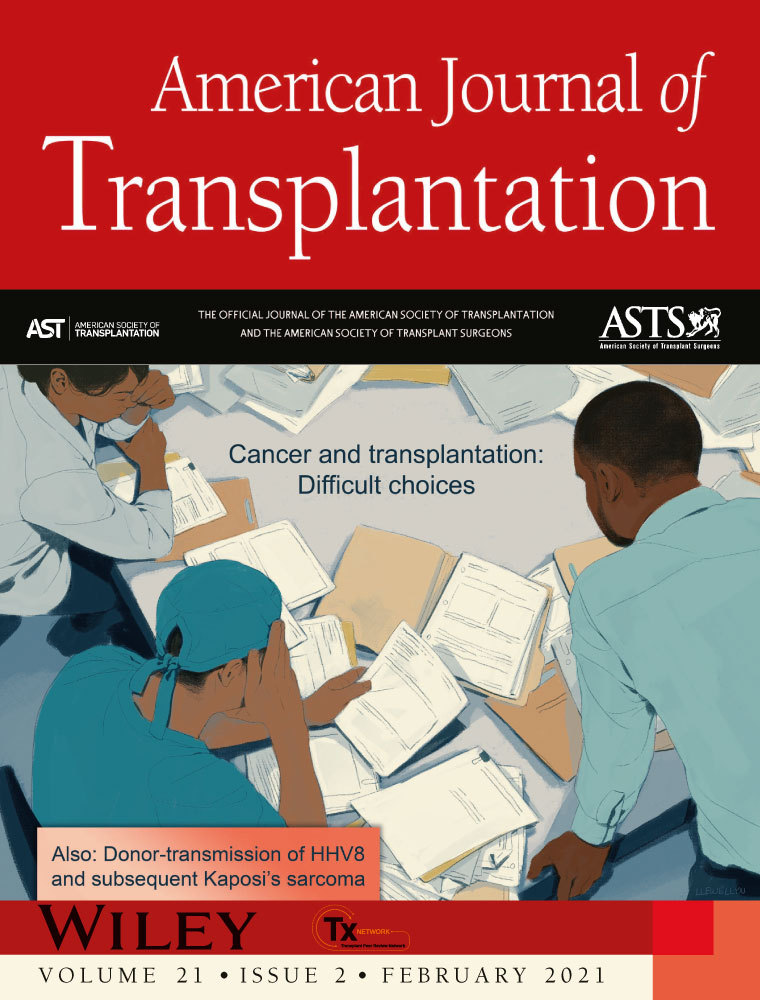The advisory Committee on Immunization practices’ updated interim recommendation for allocation of COVID-19 vaccine—United states, December 2020
Abstract
This month’s MMWR selection is a link to the updated recommendations from the Advisory Committee on Immunization Practices regarding the allocation of COVID-19 vaccine.
- Phase 1b: persons aged ≥75 years; and nonhealthcare frontline essential workers (e.g., teachers, first responders, corrections officers)
- Phase 1c: persons aged 65–74 years; persons aged 16–64 years with high-risk medical conditions; and essential workers not included in Phase 1b
- Phase 2: all other persons ≥16 years not already recommended for vaccination
Phase 1a is estimated to include approximately 24 million persons, 1b approximately 49 million, and Phase 1c approximately 129 million additional persons.
The “high-risk medical conditions” included in Phase 1c may include solid organ transplant recipients as well as those with chronic kidney disease, chronic obstructive pulmonary disease (COPD), and heart failure. The ACIP recommendations do not specifically address those persons with end-stage liver disease or those with chronic lung disease due to causes other than COPD, although they are recognized as groups that may be at increased risk for severe COVID-19 infection. States are also permitted to determine their own allocation strategies, which may result in local differences in prioritization. Despite this, it is anticipated that transplant candidates and recipients will be included among those invited for earlier vaccination.2
Details on the exact mechanism by which such persons with high-risk medical conditions will be identified are not described in this report, although it is noted that determining eligibility may be better performed by healthcare or medical homes (such as provider offices, including subspecialty providers such as transplant centers) or pharmacies. The approach to distribution will likely be multifaceted, including on-site employer/occupational clinics, pharmacies, mobile clinics, and health department point of dispensing teams.1




